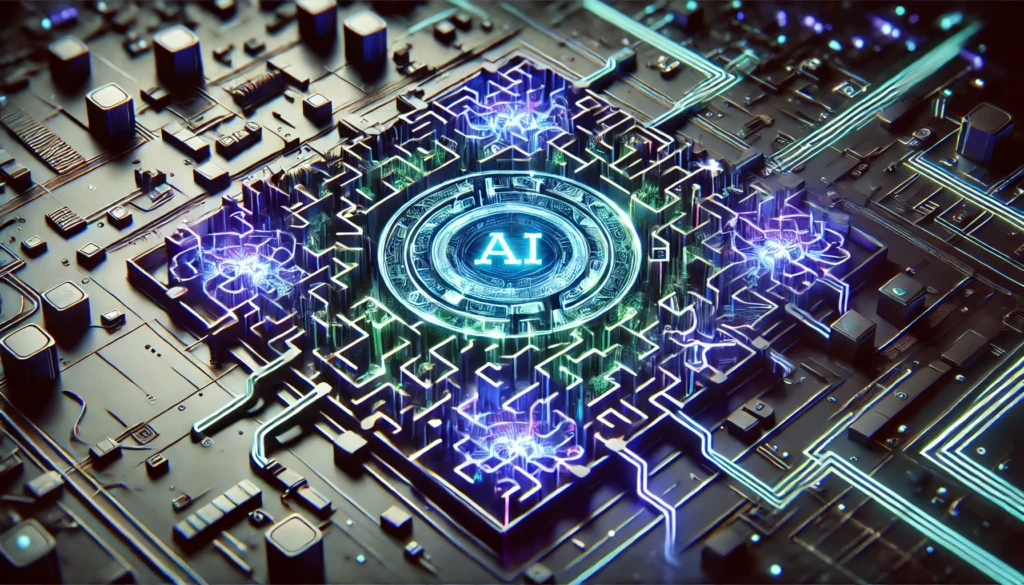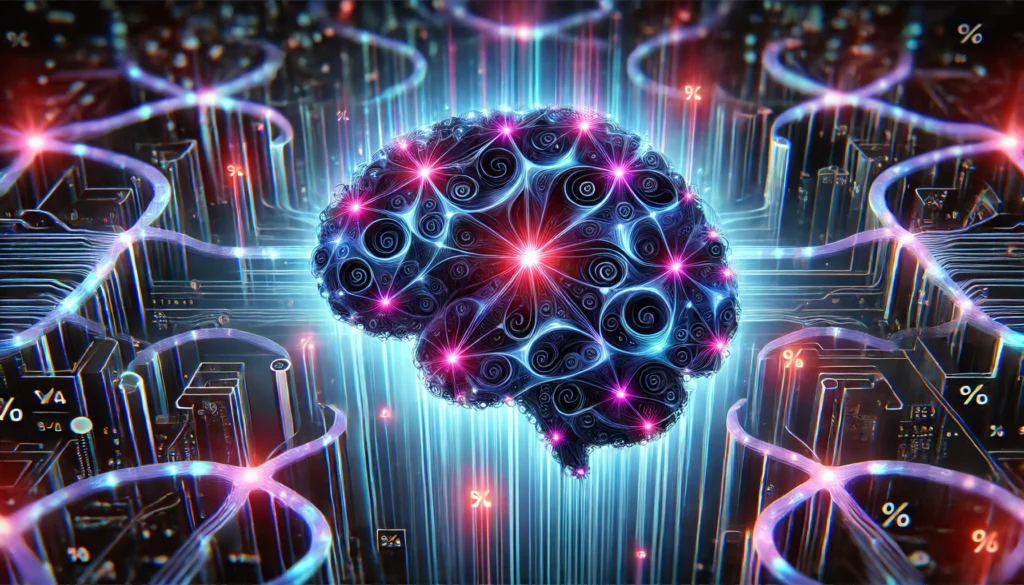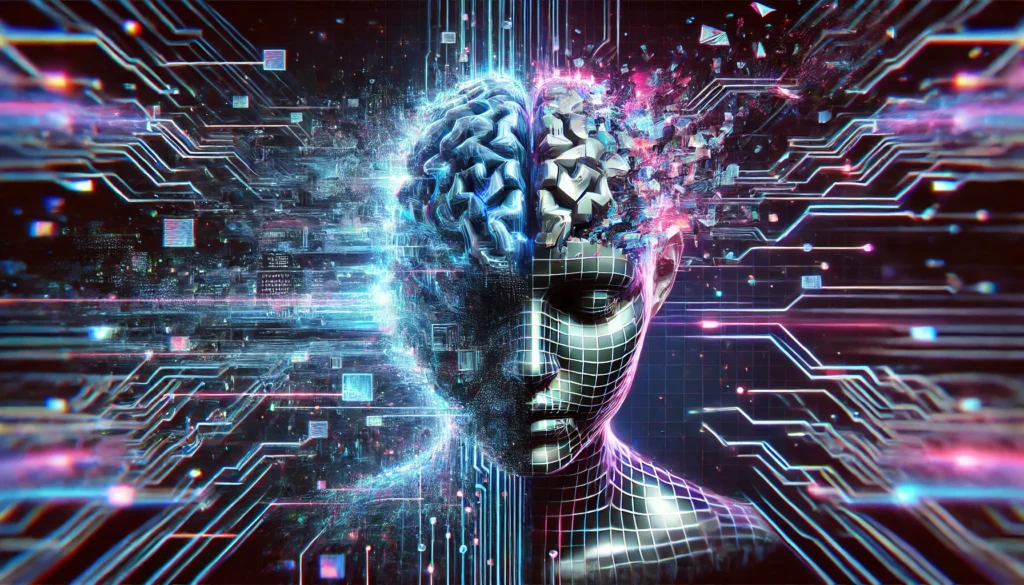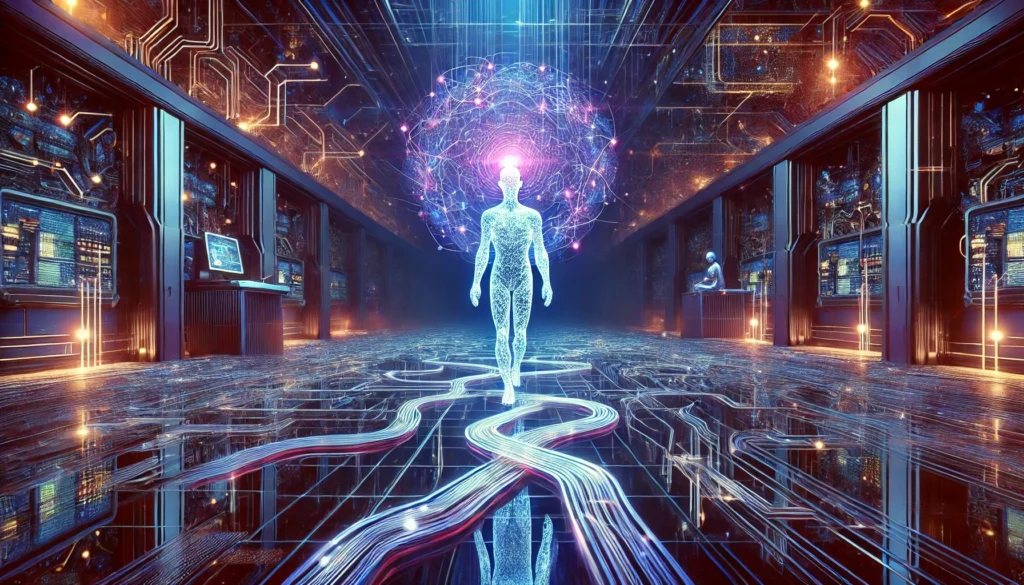We like to imagine AI as an all-knowing intelligence—able to solve problems, think through logic, and adjust when things go wrong. But if you’ve ever used AI to analyze a complex issue, you might have noticed something odd: it sometimes gets stuck in a loop, repeating variations of the same incorrect answer.
Why does this happen? And more importantly—what does it reveal about how AI “thinks”?
The answer lies in how AI models process information. They don’t reason like humans. Instead, they predict the most probable next step based on past patterns. While models like ChatGPT-4o are impressive, they still fall into predictable and frustrating failure patterns.
Let’s explore why this happens, how AI’s chain-of-thought reasoning works, and where its weaknesses lie.
🤖 AI Isn’t Thinking—It’s Predicting
AI models like ChatGPT don’t think the way humans do. Instead, they generate statistically likely responses based on their training data.
This makes them excellent at mimicking human writing, but weak at truly understanding cause and effect. As a result, AI can provide answers that sound extremely confident yet are completely wrong.
Why This Happens
- Humans test ideas, refine their logic, and adjust based on experience.
- AI predicts the next most likely word or sequence without verifying its accuracy.
When AI makes an early mistake, it doesn’t correct itself. Instead, it builds on that incorrect assumption, leading to looping errors and logical failures.

🌀 Why AI Falls Into Logical Loops
When AI gets stuck in an endless cycle of bad responses, it’s usually because of three major failure patterns.
1️⃣ The “Overconfident Autocomplete” Effect
AI doesn’t analyze information like a human—it recognizes common patterns and fills in gaps based on probability. If a response structure appears frequently in its training data, the AI will use it—even when it doesn’t fit the context.
Real-World Example: AI Stuck in a Conversational Loop
Imagine you ask an AI assistant to help reset your password. The AI responds:
“Click ‘Forgot Password’ on the login screen and follow the instructions.”
You reply:
“I already tried that. The reset email isn’t arriving.”
Instead of adapting, the AI keeps repeating variations of the same advice.
📌 Why This Happens
- AI isn’t drawing logical conclusions—it’s following the most common pattern it has seen.
- The more frequently a phrase appears in training data, the more likely AI is to repeat it, even when it’s irrelevant.
2️⃣ The “Chain of Thought Trap”

Advanced AI models use chain-of-thought reasoning to improve accuracy. They break down problems into steps, simulating a structured thought process. However, this technique has a critical flaw.
💡 If the first step is wrong, every following step builds on that mistake.
Example: A Faulty Math Solution
Suppose you ask AI:
“If a car is traveling at 60 mph for 3 hours, how far does it go?”
A well-trained AI would correctly reason:
- Step 1: “Speed × Time = Distance”
- Step 2: “60 × 3 = 180 miles”
But if the AI misinterprets the question and assumes the speed is 50 mph, every following step remains consistent with that error. It confidently tells you:
“The car will travel 150 miles.”
📌 Why This Happens
- Chain-of-thought reasoning does not self-correct—it assumes all previous steps are correct.
- AI doesn’t backtrack or verify its logic like a human would.
🔗 OpenAI research suggests that chain-of-thought prompting improves AI’s reasoning ability, but only when the initial assumptions are accurate.
3️⃣ The “Hallucination Loop”

One of AI’s biggest weaknesses is hallucination—generating information that sounds real but is completely fabricated.
Once AI makes something up, it often doubles down on that false information. This creates a self-reinforcing cycle where AI insists on incorrect details.
Example: AI Inventing Fake Citations
A researcher asks AI for a scientific source. The AI provides:
“According to Smith & Johnson (2022), neural networks outperform traditional algorithms in 95% of cases.”
The researcher searches for the paper. It doesn’t exist.
So they ask AI again:
“That citation seems incorrect. Can you verify it?”
The AI confidently responds with another fake citation:
“Apologies! The correct reference is Johnson & Lee (2023) in the Journal of AI Studies.”
📌 Why This Happens
- AI doesn’t verify information—it generates text that “looks right” based on patterns.
- The model treats all output as equally valid, even if it contradicts reality.
🔗 The ReAct framework explores new AI techniques to reflect on responses and reduce hallucination errors.

🚀 The Future of AI Reasoning: Can It Get Smarter?
Researchers are working on ways to improve AI’s ability to recognize and correct its own errors.
🔹 1. Self-Correction Mechanisms
Some AI models are being trained to reflect on their own responses and detect when they might be wrong. This could help reduce logical loops and incorrect conclusions.
🔹 2. Retrieval-Augmented Generation (RAG)
Instead of relying purely on predictions, RAG-based models retrieve facts from external sources in real time, reducing hallucinations.
🔹 3. Multi-Step Verification
Future AI systems may verify each step of their reasoning before moving forward, ensuring more reliable outputs.
Despite these improvements, AI still lacks true reasoning capabilities. It remains a prediction engine—not an independent thinker.
💡 What This Means for How We Use AI
Until AI can self-correct effectively, the burden of verification falls on us. That means:
✔ Don’t trust AI just because it sounds confident.
✔ Challenge AI’s reasoning at multiple points. (“Why do you think that? What other possibilities exist?”)
✔ Use AI for idea generation, not absolute truth. Treat it as a research assistant, not an authority.
Understanding how AI actually works helps us use it more effectively—without getting stuck in its loops.
💬 What’s the Most Confusing AI Response You’ve Ever Gotten?
Have you ever noticed AI falling into a logical loop? Share your experience in the comments!
